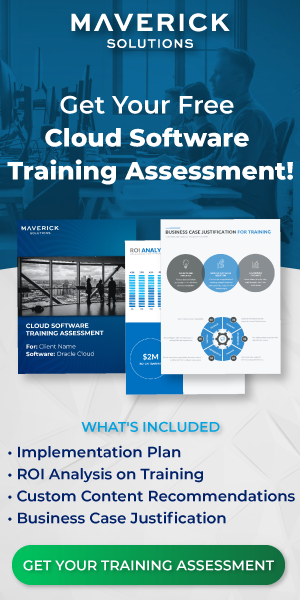The relentless rise of U.S. healthcare costs is significantly impacting policymakers, businesses, and individuals alike. From escalating drug prices to administrative burdens and pricy technology, healthcare organizations are under immense pressure to find cost-effective, innovative solutions without having to compromise their quality of care.
Some factors contributing to rising healthcare costs, including an aging population and increased drug prices, are out of your control. But there are several factors, including administrative burdens and the use of expensive technology, that are within your control. Luckily, there are also steps that you can take to ensure that your organization is as cost-effective as possible.
Streamlining administrative processes
The healthcare industry is faced with increasingly complex, colossal administrative processes that are time consuming and draining for healthcare professionals. Paperwork, onboarding procedures, and compliance regulations that if violated come with hefty fines, consume a significant portion of healthcare spending without directly benefiting patient care. This administrative bloat not only drives up costs but also creates inefficiencies that hinder the delivery of timely and effective treatments.
Successfully integrating digital tools into your daily workflows can significantly reduce the time and overall costs associated with burdensome administrative tasks by:
- Automating routine tasks such as patient registration and appointment scheduling
- Improving productivity and efficiency by utilizing data-driven insights
- Enhancing collaboration and communication, with features such as online messaging and telehealth visits
- Reducing storage costs by digitizing documents and records
Optimizing use of digital technology
While technological advancements and modern software promise a path to improved patient outcomes as well as efficiency and cost reductions, they often come with hefty price tags. Healthcare professionals know all too well that the pursuit of innovation easily translates into higher costs. Even worse- ineffective user adoption of new technologies only exacerbates costs.
Whether your organization effectively or ineffectively utilizes and adopts new software is a factor that is often overlooked when it comes to expected costs. Failure to successfully utilize software to its fullest potential is often due to lack of effective user training and resistance to change. Your healthcare organization invests a substantial amount into implementing digital technologies and expects a substantial amount of ROI in return. Without a high ROI, the initial investment in the technology seems unjustified. Yet, this is a common occurrence (benefits of investment being delayed or never realized). According to a recent Forbes study, 84% of digital transformation projects fail. And, in the U.S. alone, over $30 billion ($259 per desktop) is wasted annually on software that isn’t effectively utilized.
When healthcare professionals struggle to adapt to new systems, the consequences can be costly. In addition to reduced ROI, organizations with unsuccessful digital adoptions can expect the following consequences:
- Higher training costs: Recurring training sessions and repeated support tickets escalate expenses, due to the cost of instructors and IT support.
- Increased user errors: Employee misuse of software can lead to medical errors, billing mistakes, and compliance issues.
- Decreased productivity: Time wasted on learning new software can hinder patient care and administrative tasks.
These consequences all lead to a poor quality of care and bad patient outcomes. However, if your organization prioritizes digital adoption, you can expect to see 26% higher profits than other organizations with failed digital adoption efforts. Profits aren’t the only thing that you can expect to see rise due to digital transformation. According to Capgemini Consulting, digital transformation can also lead to a 20% increase in patient satisfaction rates.
A well-structured digital adoption platform (DAP) and comprehensive digital training program can be game changers in mitigating these challenges. Here’s how:
- Reduced training costs: By delivering training content directly within the software, DAPs eliminate the need for costly instructor-led training sessions.
- Data-driven insights: DAPs can track user behavior, identifying areas where additional support or training is needed. With this information, new training content can be created for that process or field causing users to make errors.
- Increased software utilization: When users are confident and proficient, they are more likely to adopt the new system fully, leading to improved outcomes.
- Decreased time to proficiency: DAPs provide interactive walkthroughs and tooltips, enabling users to quickly become proficient in new software.
- Improved user experience: DAPs offer personalized guidance, making the learning process more engaging and effective.
To learn more about the necessity of combining a DAP with digital training, click here.
In today’s cost-conscious healthcare landscape, optimizing software adoption is imperative. By investing in an innovative digital adoption platform and customized training programs, healthcare organizations can unlock the full potential of their software investments, enhance efficiency, reduce costs, and ultimately provide quality patient care and better outcomes.
The challenge of effectively controlling costs without compromising on the quality of care is no easy task. Addressing the factors that are in your organization’s control, such as streamlining administrative tasks and optimizing the use of digital technology, will be imperative if you are to ensure that your workforce becomes part of the remaining 16% of organizations where software implementations are a success.
Click the button below and schedule a demo today. Let our team show you how your organization can reduce costs to pass those along to your patient population.



